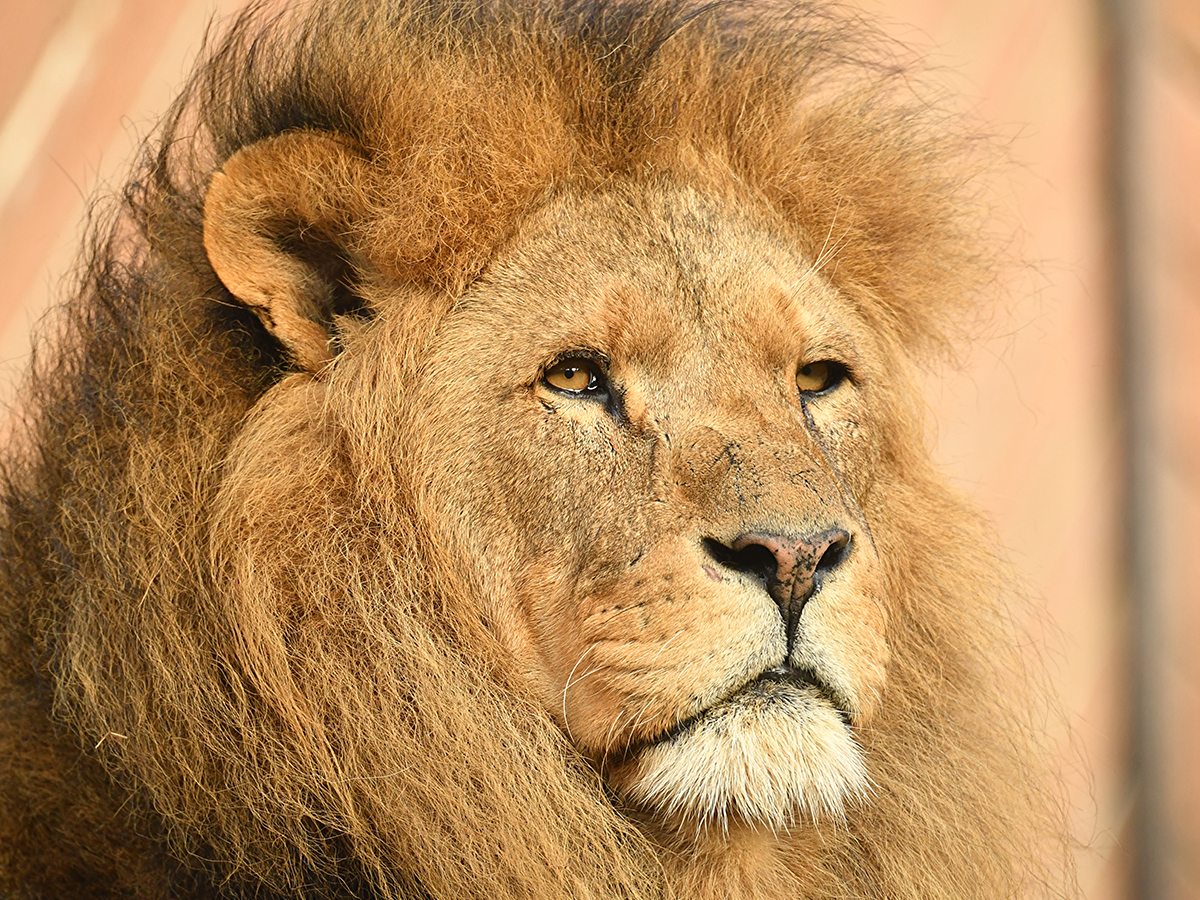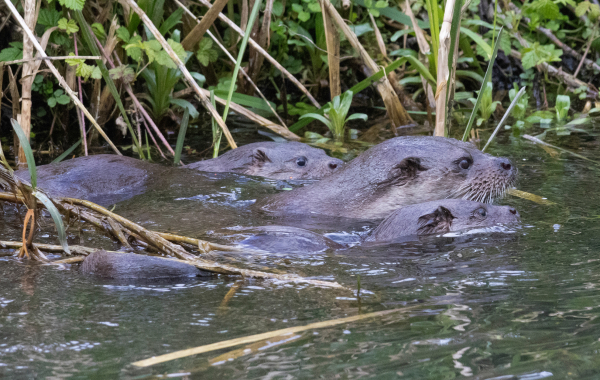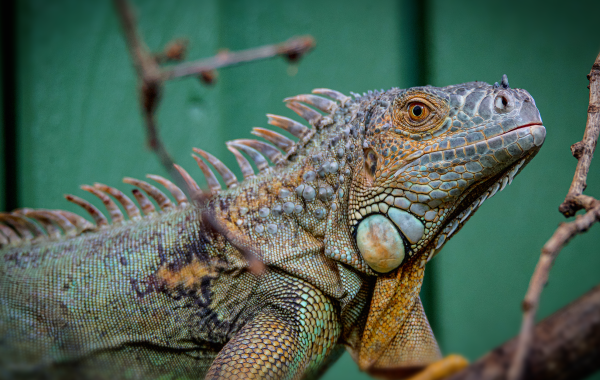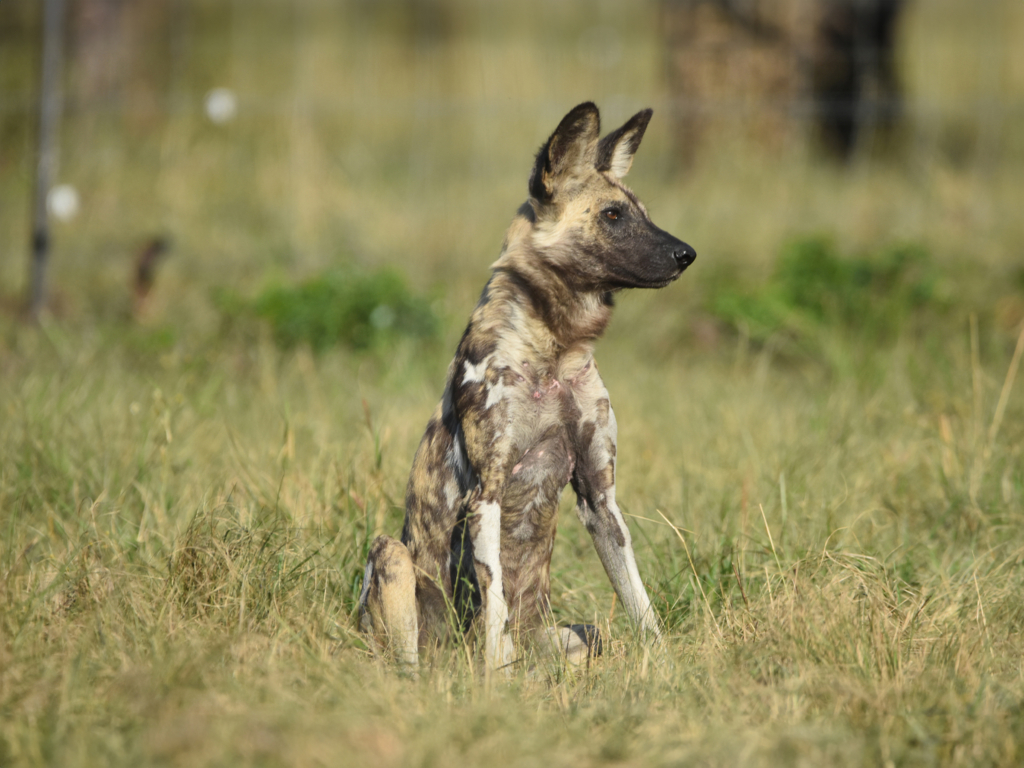
Since we released our future vision plan as part of our 60th anniversary celebrations in 2023, work has now started to begin on one of our many projects which will kick-start our vision.
We are pleased to announce that we are working on plans for a brand-new African lion habitat starting with the release of a set of visuals to demonstrate what we hope the new development will look like when it comes to fruition. This is a project that we have been wanting to start for several years but following the effects of the pandemic, it has been delayed due to not being in a position for such an investment.
It’s important to note that this development is currently in the pre-application phase and is subject to additional surveys and planning permission. This new habitat is part of our ongoing, long-term development plans.
We have been working closely with architects at DEARADH ZÚ to develop the design of the new and exciting habitat. The location of the new habitat will see the expansion of the current area, Edge of Africa, to create a holistic African adventure. The inspiration for the project comes from looking at nature, in particular, the rich biodiversity of the African scrub and Kopje habitats.
This new development will see the construction of an approximate 3000m2 naturalistic lion habitat, complete with scrubland planting areas, mature tree cover, rocky outcrops, dens and water bodies, all of which will encourage the animal’s natural behaviours. In addition to a new lion house, outdoor habitat and indoor viewing, the development will include several other exciting features for visitors, such as a themed African Boma Village complete with a new catering outlet, toilet and play provision. We are pleased to be able to create several immersive viewing opportunities in this new development.
“Our approach to the design of the new lion habitat is that of an activity-based design that promotes animal wellness by providing choices. The new scheme will see a state-of-the-art lion house be constructed. This house, nestled within a rocky Kopje outcrop, will invite guests to explore over two levels. Here, visitors will come face to face with not only lions within the indoor habitat but also with an array of other species that call the Kopje landscape their home. One of the key aspirations of the scheme was to maximise the lion’s space on such a challenging site. To achieve this, we thought creatively about blending the new lion building within the landscape and providing the lions with access onto one of the building roof spaces to create elevated vantage points and present visitors with a unique viewing experience.”
Jonathan Mcloughlan from DEARADH ZÚ
In addition to developing a habitat for the lions, we have been working closely with ecologists to ensure we are conserving and enhancing existing landscape and biodiversity on site. New native planting, creation of habitat homes through using felled dead wood, provision of varied substrates and the enhancement of the Roman River corridor, are steps we are taking to ensure this development not only complements but enhances the wider landscape corridors and connections. We are prioritising sustainability and green technologies and ensuring BNG targets are delivered.
With this multi-million-pound state-of-the-art investment, we hope this will pave the way for the future with it being specially created not just for the lions, but also to enhance visitor experience for all ages. The new area will inform and inspire future generations to enter the world of conservation and help to care for wildlife and wild places. We are working with the architects to create the habitat with our ‘green zoo’ mission in mind. Looking at the latest sustainable construction methods, solar panels, air source heat pumps and various technologies to provide the optimum conditions for the lions with sustainability at the forefront.
With the Zoo becoming a charity in January 2025, it seemed the right time to start this project, to help reduce the amount the charity will need to invest by providing a ready-made plan with architectural drawings, surveys and planning permission complete prior to the take-over. It will be a while before the first spade hits the ground and is likely to be the first big project for the charity to undertake once the transition is complete and settled. It will give a taste of what’s to come for Colchester Zoological Society.
We are currently home to one male African lion, Bailey, who is a grand age of 17yrs being born on the 29th June 2007. Bailey arrived from Woburn Safari Park in April 2010 along with 2 lionesses that he was related to. As the pride were related, we were not part of breeding programme however, the hope is that in the future, Colchester Zoo will become part of the breeding programme with an introduction of a new pride once the habitat is developed. The African lion is listed as ‘vulnerable’ on the IUCN Red List of Threatened Species making the conservation for the future of this species vitally important.











